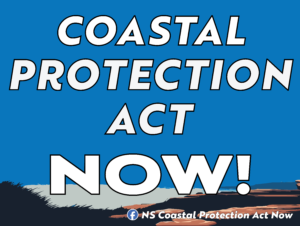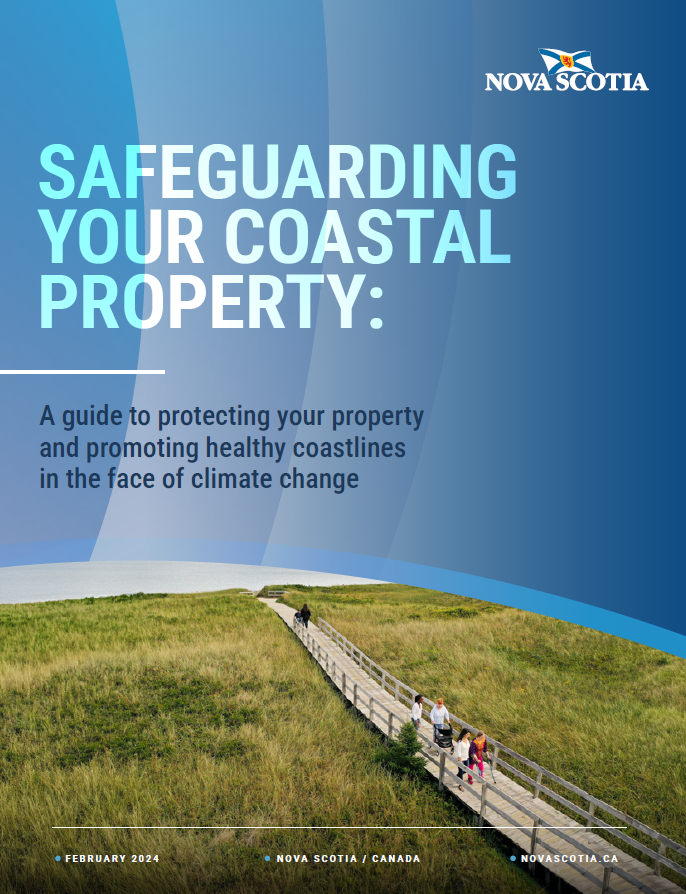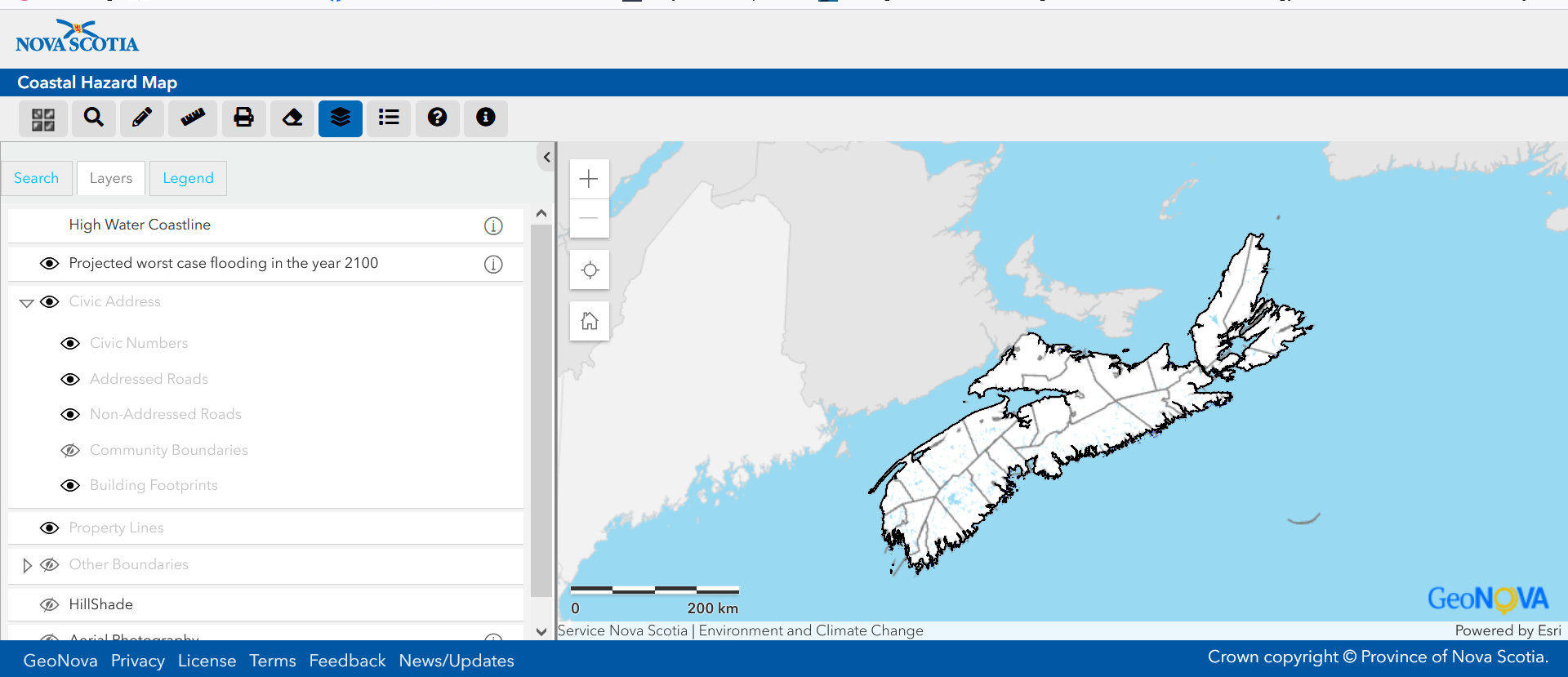Coastal Coalition
The Coastal Coalition
You did it! We hit 5000!
That’s 5524 signatures!!
Claudia Chender will table the new signatures during the next sitting of the Legislature, sometime early 2026.
Download, print off and help to collect signatures!
We have clustered postal codes from the petition sheets and pinned them on the provincial constituency map so that ity’s easy to see the spread of signatures throughout the province. This is clearly not just an HRM-issue as Premier Houston has declared.
The petition has been tabled, but we are still collecting signatures!
Claudia Chender, NDP Leader and MLA for Dartmouth South tabled the petition, with 2700 signatures, on Friday September 13, 2024. We now have 5524 signatures collected! (as of Nov 2, 2025)
Watch the presentation of the petition and exchange beteen Claudia Chender and Tim Houston in the video below.
Go to time stamp 22:11 for the presentation and 1:19:10 for the Q and A exchange.
In this section:
Need a lawn sign? Bumper stickers?
Click here for the latest sign depot list
Would you like to make a donation?
Donations can be made via e-transfer to coastalcoalition.ns@gmail.com
Donations will be deposited into the Dirt Gang account. Please type “for the Coastal Coalition” in the message box.
The Dirt Gang is a registered not-for-profit society, but we are not a charitable organisation so we are not able to issue a charitable tax receipt. We can however issue a receipt for your administration.
The Coastal Coalition
The Coast of Nova Scotia
Much of Nova Scotia’s coastline consists of barrier sand dunes that protect the sensitive wetlands and marshes behind them. These marshes and wetlands in turn, protect the areas further inland from sea surges and storms. Development close to or on these sand dunes disrupt their natural protective role and can, in fact, increase the destructive energy of ocean waves, causing more intense erosion of the coast. Armouring of properties against the ocean has often the opposite effect, causing damage to the rock wall, destroying the sensitive ecosystems that had existed before the wall was built, or to neighbouring properties as the wave energy is directed further along the coast.
Nova Scotia is the second smallest province in Canada with a coastline of 13,300 kilometers. 87% of Nova Scotia’s diverse coastline is privately owned. Why does that matter? Read on…
What is The Coastal Coalition?
The Coastal Coalition 1.0
The original Coastal Coalition was formed in 2004 to begin, in ernest, the conversation of coastal protection. The Coalition was made up of many community advocacy groups, scientists, coastal experts and NGOs including The Ecology Action Centre and East Coast Environmental Law (ECeLaw). This coalition laid the foundation for the Draft Strategies for coastal protection that was compiled by the NS Oceans Network.
The Coastal Coalition 2.0
The present-day Coalition was formed after the Houston Government reneged on its election promise to proclaim the Coastal Protection Act. Sixty advocacy groups, NGOs and individuals make up this new version of the Coastal Coalition, including members from the original partnership.
Our mission is to persuade the Houston Government to change course and proclaim the Act. In the long term, the Coalition aims to pick up where the orginal alliance left off and continue to work towards protection of Nova Scotia’s unique coast.
Discussions of coastal protection and the effects of development on erosion rates and changes to the coastline started in the 1970’s – almost 50 years ago! The Coastal Coalition (1.0) began a push to develop province-wide strategies that would regulate development, protect fragile coastal ecosystems and habitats and help to keep coastal communities safe. This development went through a Liberal government, a PC government, an NDP government, back to a Liberal government and now back to the Conservatives. Public consultation over a course of many years, was thorough and conclusive. Support for this Act was widespread. Yet, in February 2024 this Act was not proclaimed. Instead Tim Halman, Minister of Environment and Climate Change in the Tim Houston PC Government, ignored the overwhelming public support for the Act and devised a plan that would transfer responsibility of Nova Scotia’s coastline to property owners, developers and municipalities.
Tim Halman's Plan
In this section:
The Coastal Protection Act is not perfect, but it did provide a consistent set of rules for all coastal municipalities in the province.
With this new “plan” municipalities will have to develop their own by-laws to deal with development and coastal erosion. The province is placing the responsibility for good governance squarly on the shoulders of local Council and relying on property owners to make “good and informed choices”.
Contact your Councillor or MLA
Writing letters or making telephone calls to your Municipal Councillor will help them understand your concerns. You can find a list of all Municipal Councillors in Nova Scotia on this list.
Your MLA adress can be found on this list
Don’t know who your MLA is? Follow this link to find out who represents your area.





